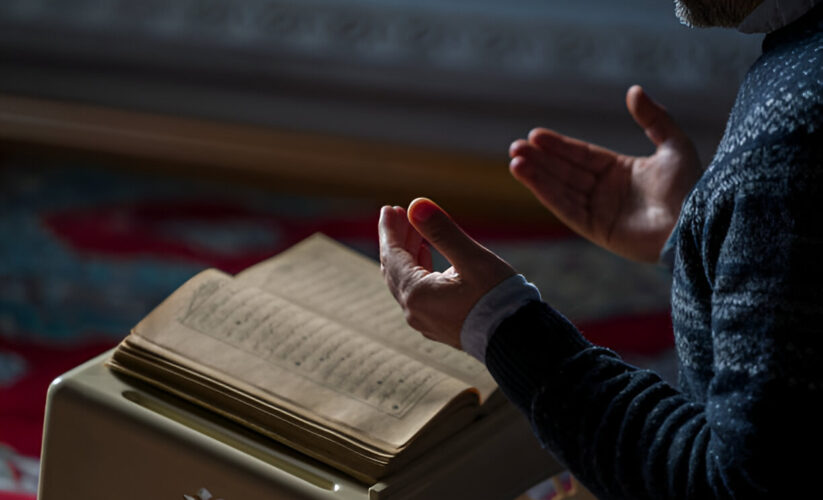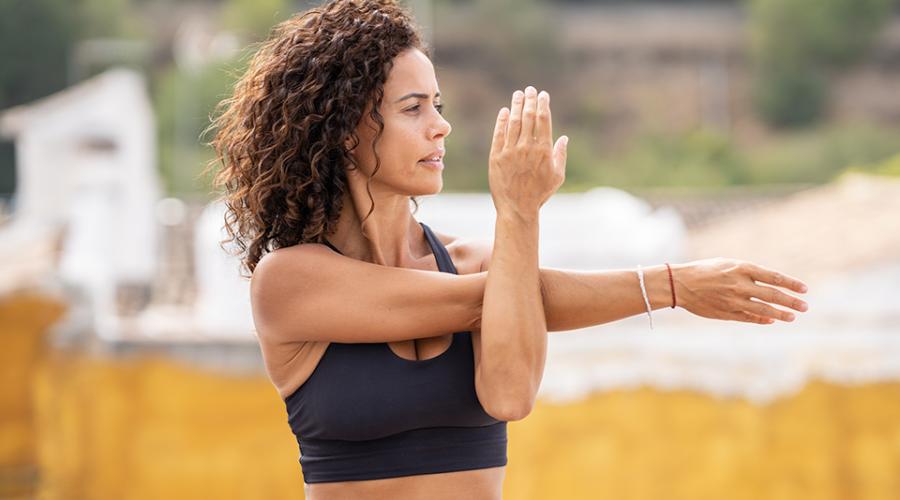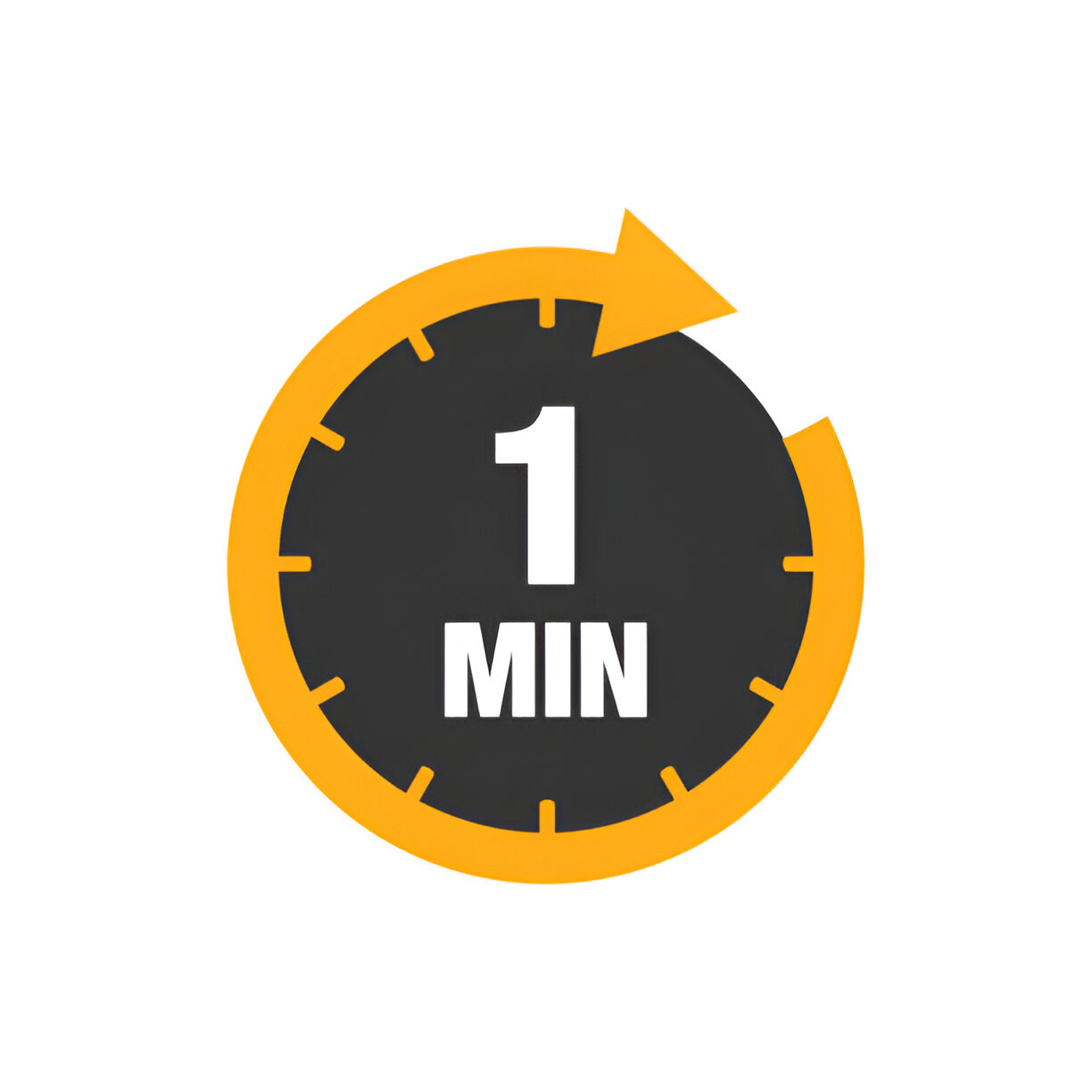
In her book ”
Beginner’s Grace: Bringing Prayer to Life
,” Unitarian Universalist minister Kate Braestrup wrestles prayer out of the clouds. Here she answers our questions about how to start.
What Is Prayer to You?
Prayer is deliberate, intensive thought, offered silently or spoken aloud. It’s a tool that allows us to be more conscious, like meditation. I pray for two reasons. If I have an urgent desire for something, I’ll pray like crazy.
Prayer is likely to be our default mode for managing the fear and pain that sometimes come with human experience and for engaging the sacred dimensions of that experience. Because it’s set apart from the normal stream of life, and because it can be ritualized, prayer can give us comfort in crisis. It can also nudge us in the direction of awareness and a deeper empathy — which is to say, wholeness.
Why Do It?
There are so few opportunities in a modern life in which we are asked (or allowed!) to pause and pay attention to anything other than our own preoccupations. I can name a few — singing the national anthem before a ball game; saying the Pledge of Allegiance; singing the R-O-T-A-R-Y song at Rotary Club meetings.
But even then, our smartphones ping, we’re snapping pictures of Derek Jeter, who looks so cute with his cap held over his heart. Prayer is wildly countercultural, even subversive: Pause, bow your head, close your eyes, say a prayer? You rebel, you!
What If You Don’t Believe in G-O-D?
That’s okay. You don’t have to use someone else’s idea or language when you pray. My whole theology can be summed up in a three-word sentence: God is love.
But you don’t have to begin with theology. You don’t have to know why you are praying or to whom. You can just try it — literally pray every day for a week and see if this helps you to be more aware and more loving.
Incidentally, silent prayer is fine. As St. Francis of Assisi advised, “Pray without ceasing. If necessary, use words.” Or try Buddhist prayers, which don’t insist on addressing themselves to anyone but draw your mind toward attentive listening and compassionate response.
How Can We Begin?
Pray before meals. Say a simple prayer of thanks or just take a moment in silence. You don’t need to kneel on gravel. You don’t even need a lot of self-discipline. Since you eat every day, the meal is a built-in reminder.
Prayer demands no drama. Before you eat your next meal, pause. Close your eyes, bow your head. Let yourself be. You have everything required for prayer and need believe only in what is self-evident: You are a human being, alive now.
And then: Eat.
Read More: Praying Through Difficult Times

























